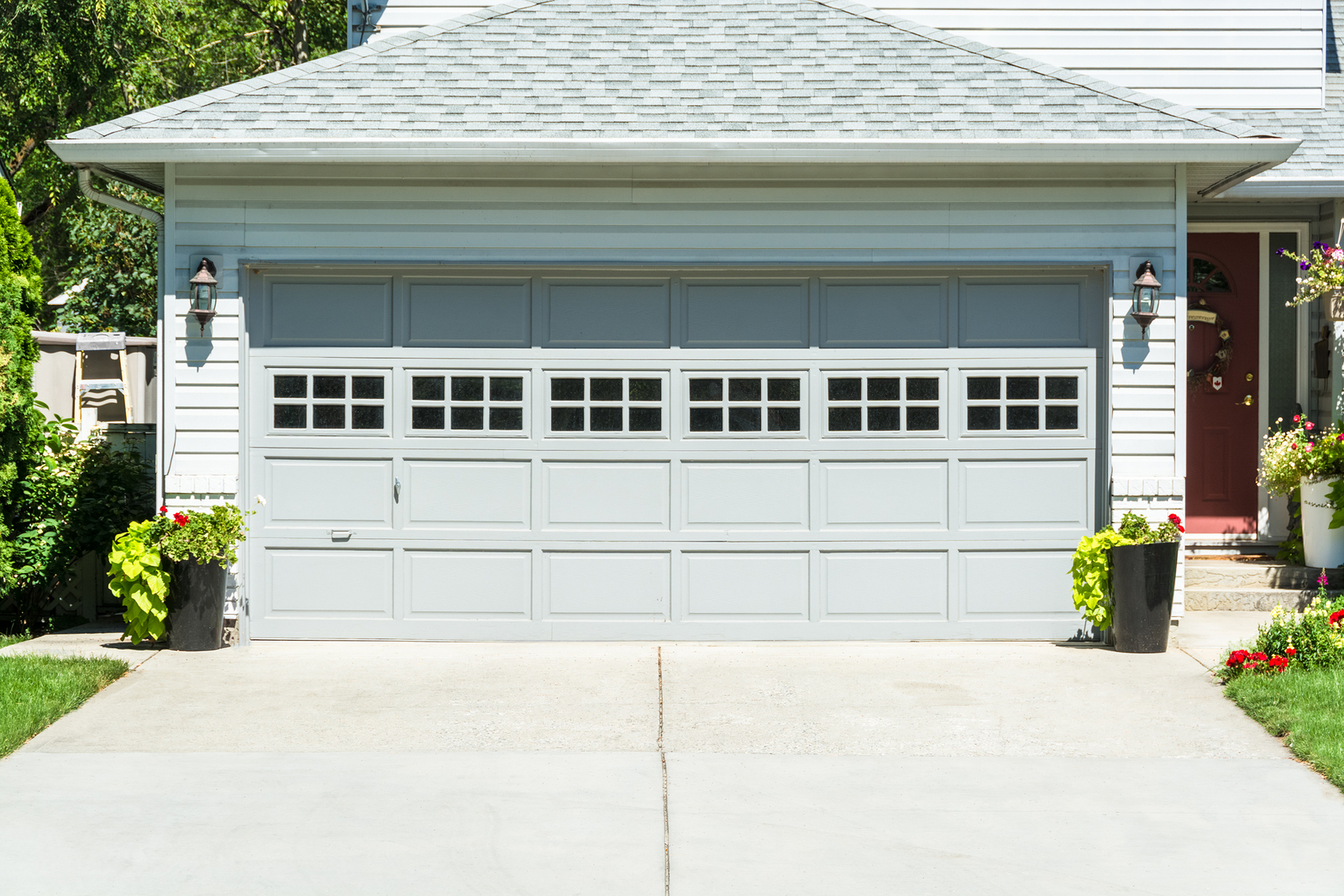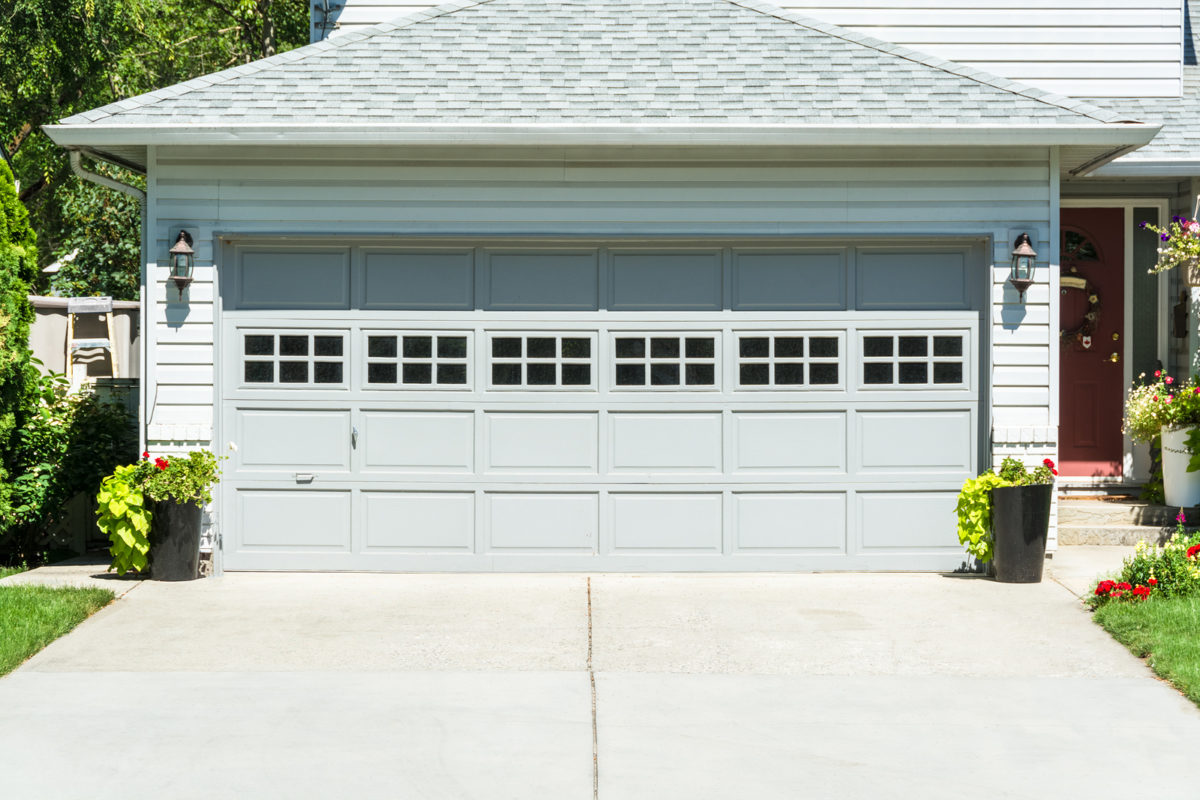
A Sacramento area HOA created a requirement that insisted homeowners keep their garage doors open from 8 a.m. until 4 p.m., Monday through Friday. If they refused, they would be fined $200.
Apparently, the HOA hoped this invasion of homeowners’ privacy would prevent them from renting out their garages as living spaces. The requirement was later rescinded.
An Orlando area HOA ordered Robert Brady, a 70-year-old Vietnam veteran who has lived in his current home for 45 years, to get rid of his dog.
Brady, who has a letter from the VA stating that the dog is a mental-health therapy dog and helps keep the man’s problems in remission, was told that “Bane” exceeds the HOA’s weight restriction of 35 pounds. The dog weighs 40 pounds.
Say the words “homeowners association” and most of us come up with an image of a gang of power-hungry, nosy, petty despots.
The reality
Despite what we read in the media, 63 percent of Americans who live in communities managed by homeowners associations say they are satisfied with their communities, according to the Community Association’s Institute 2018 Homeowner Satisfaction Survey.
Only 38 percent of those surveyed, however, say members of their elected governing board “absolutely serve the best interests of their communities.”
Obviously, there is a distinction with one being satisfied with a community overall yet dissatisfied with their HOA.
Whether their reputation is over-hyped or well-deserved, HOAs offer both disadvantages and advantages to their members.
Dues: the most obvious disadvantage
One of the most obvious disadvantages of buying a home in a HOA-governed community is the monthly fee you’ll be required to pay. Don’t pay it and the association can (and most likely will) slap a lien against your property and, possibly, push your home into foreclosure.
These payments are a lot easier to tolerate if you consider them as helping to ensure your property’s value.
A 2017 Trulia study puts the average HOA fee, nationwide, at $331. Of course, the fee varies, depending on the services provided by the HOA and the community’s amenities.
When you pay the fees also varies, from monthly to yearly and, sometimes, quarterly or semi-annually.
The HOA uses this money to maintain and improve the common areas, to pay for taxes and insurance on the common areas, to enforce the rules and to pay legal fees. They will also use a portion to fund the reserve account – monies put aside to pay for unexpected major expenses or planned long-term projects, such as roof replacement or landscape upgrades.
Then there are the special assessments
Sometimes the HOA doesn’t have the funds to remedy an unexpected expense. Ideally, the reserve fund will have sufficient money in it, but, when it doesn’t, it falls to the homeowners to fork over what’s needed.
How the assessment is determined depends on the HOA’s governing documents. Most often, the governing board will make the decision while some HOAs require that the membership be given a vote before the imposition of a special assessment.
If you are considering buying a home in a managed community
Once your offer is accepted, you’ll receive a package of HOA documents to examine. It’s often a huge stack of paperwork, filled with legal terminology.
We urge our clients to consult with an attorney to help them decipher the documents. Once you accept them, you have no recourse but to abide by what’s in them.
Pay special attention to the Declaration of the Covenants, Conditions & Restrictions, or the CC&Rs for short. This document outlines how you can use the home, and how you can’t. For instance, it may contain a weight limit for pets, it may dictate your front yard landscaping and what window coverings are allowed.
The meeting minutes might also be of interest to you. Look for homeowner complaints. More important, look for the same complaints repeated over a number of meetings. This is an indication of an unresponsive HOA.
The financial documents can give you an idea of how the board handles the HOA’s finances. How much money is in the reserve fund? Check the history of special assessment impositions and the HOA budget as well.
When you buy a home governed by an HOA, you’ll not only pay a fee each month, but your use of the home and the property on which it sits will be decided by people you may not even know.
For those reasons, it pays to read the documentation carefully and see an attorney with any questions you may have.



















